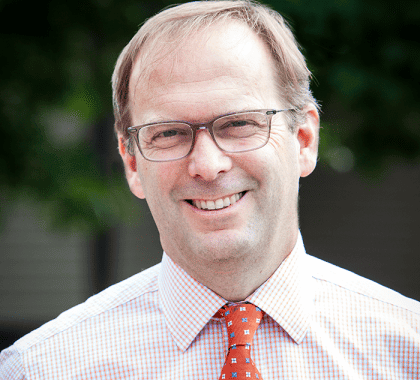I haven’t yet met the person who can’t recall with vivid detail their earliest encounters with the joyful and lyrical language of Dr. Theodore Seuss Geisel, affectionately known as Dr. Seuss. His stories shaped the memories for so many of their earliest days as a reader and learner. They playfully tumble from the lips of parents reading Yertle the Turtle or Horton Hears a Who to their children.
For me, the story of The Loraxthat curious and rather crotchety old orange creature that emerges from a fallen Truffula Tree telling of the perils of mistreating the environmentis more than a mere childhood memory. The bright colors, whimsical artwork, and delightful rhythm and rhyme of Seuss’s tales are reminders of the nature of childhood itself. His work often offers a clear depiction of right and wrong, and perhaps more remarkably, also explores the gray area between. Indeed, who doesn’t appreciate the arrival of Thing #1 and Thing #2, even as they terrorize the home and bathtub of the children who so adore them?
This personal connection has provided important context for me as an educator, especially in recent years, where the legacy of Dr. Seuss has become more complicated. The review of his now-infamous artwork, drawn before the days of Mulberry Street or The Sneetches, has been recognized as politically charged and racist. Several articles have explored the complicated legacy of this man and his works. As each emerged, I felt a terrible discomfort as some of my fondest childhood memories were reshaped by the history of the man who crafted them. As the challenge to Seuss’s legacy became more visible to the common eye of the public, so too did Seuss’s public apologyreferenced herein which he took account for his work, and how he had grown, changed, and learned since those days.
As an educator, the power of a growth mindset, of the ability to move forward and learn from the mistakes we have made, allows me to take comfort in an apology that restored my faith in Bartholomew Cubbins.
As we embark on several celebrations of Dr. Seuss’s work here at Belmont Day, let’s consider the cognitive and emotional dissonance that results from awareness of the injury and pain inflicted by a beloved author. There is tension between the man, his work, and his legacy. I believe that this complexity contributes to the value of teaching of Dr. Seuss. For kindergarteners and first graders who will celebrate Seuss week, their journey of language, art, and wonder will be something to behold. Whether our students arrive at school with wockets in their pockets or with socks on a fox, they will revel in the study of language and literacy with a most joyful guide. Earlier this year, third graders explored social justice and social bias with The Sneetches, a story that makes conversations around similarity and difference accessible to students. It is hard not to see the irony of Seuss’s legacy there. Our seventh and eighth grade actors will present Seussical JR. in March. For middle schoolers, whether through performance or discussion, the layers of Seuss make great fodder for an intellectual debate of whether one can grow beyond their complicated legacy, and to what extent they are accountable for their earliest actions.
Through it all, however, one thing is certain, with Dr. Seuss, there is no telling all the places you’ll go.





